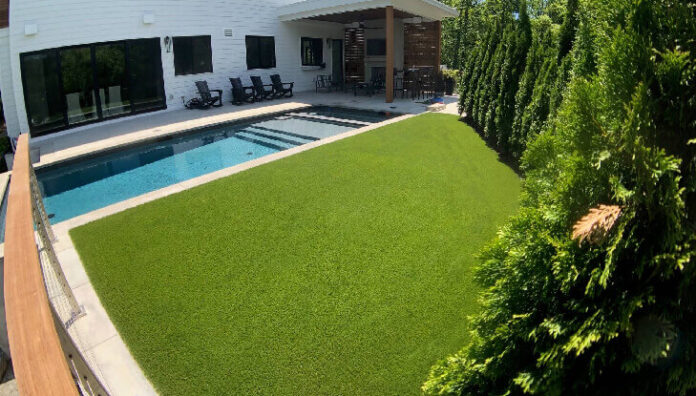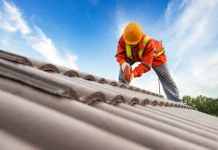The decision to transition from a natural grass lawn to fake grass, also known as synthetic turf, marks a transformative step toward a more convenient, eco-conscious, and visually appealing outdoor space. While the transition may seem like a significant change, the benefits of fake grass make it a compelling choice for many homeowners. If you’re considering making the switch, here’s a guide to help you seamlessly transition from natural to fake grass and unlock the advantages that await.
1. Assess Your Needs
Begin by assessing your needs and expectations for your outdoor space. Consider factors such as the amount of foot traffic, the presence of pets, and the desired level of maintenance. Identifying your priorities will help you choose the right type of fake grass that aligns with your lifestyle.
2. Choose the Right Synthetic Turf
Selecting the appropriate type of fake grass is crucial for a successful transition. Synthetic turf comes in various textures, pile heights, and colors, allowing you to customize your lawn’s appearance. Additionally, consider factors like durability, UV resistance, and drainage capabilities when choosing your fake grass.
3. Preparation
Preparing the existing natural grass area is a vital step in the transition process. Begin by removing the existing grass, weeds, and any debris. Proper soil preparation and grading ensure a stable base for your fake grass installation. If drainage is a concern, ensure that the area is appropriately graded to prevent water pooling.
4. Installation
Installing fake grass involves several steps, including laying down a compacted base layer, adding a weed barrier, and securing the synthetic turf. Depending on your preference, you can choose to install the fake grass yourself or hire a professional installation team for a seamless result.
5. Edging and Borders
Proper edging and borders are essential for a polished look and to prevent the fake grass from shifting over time. Use materials like bender board or concrete edging to define the perimeter of your lawn.
6. Infill and Brushing
Infill materials are often used to provide support and stability to fake grass fibers. Depending on the type of synthetic turf you’ve chosen, you may need to add infill and then brush the grass fibers against the grain to create a natural appearance.
7. Maintenance Adjustments
Transitioning to fake grass means adjusting your maintenance routine. While fake grass requires significantly less maintenance than natural grass, there are still some tasks to consider. Regular brushing to maintain the fibers’ upright position, cleaning up debris, and rinsing to remove pet waste are part of the routine.
8. Enjoy the Benefits
Once the transition is complete, you’ll be able to fully appreciate the benefits of your new fake grass lawn. Revel in the consistently lush appearance, reduced water consumption, and minimal upkeep that synthetic turf provides.
9. Spread the Word
Share your experience with friends, family, and neighbors. Discuss the advantages of fake grass, including water savings, lowered maintenance, and year-round beauty. Your positive experience might inspire others to make the switch as well.
Conclusion
Transitioning from natural to fake grass represents a shift toward a more sustainable, convenient, and visually pleasing outdoor space. By following these steps and embracing the benefits of synthetic turf, you’ll enjoy a transformed landscape that enhances your lifestyle and promotes responsible living.







